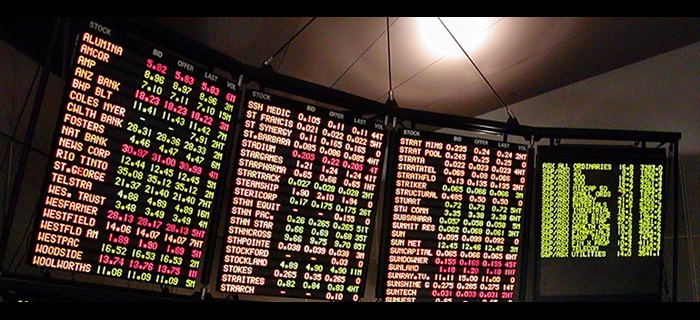 Interesting Market History
Interesting Market History
If you walked into a bank or brokerage house in New York City in the 1870s, chances are you would have heard an incessant ticking noise. The sounds would have been made by stock tickers—machines that received stock price information via telegraph and then printed that information on thin strips of paper known as ticker tape.
The stock ticker, invented by Edward Calahan at the Gold and Stock Telegraph Company, was first used in November 1867. Though it may seem archaic today, it was a major advance in market technology making timely price information much more available. Prior to the stock ticker, price information would have been delivered by messengers or runners and stocks may have traded using numerous ticker symbols across different markets—sometimes at wildly different prices.
The up-to-the-minute pricing enabled by stock tickers made markets more efficient and helped investors of all sorts make more informed decisions. It is a prime example of a significant technology that helped contribute to the development of more modern, efficient stock markets.
Information circulates much faster and more efficiently today than in 1867. Markets are truly global and stock tickers have been replaced by computers and the internet in communicating pricing information. However, the stock ticker’s legacy lives on in the three or four-letter codes used to identify individual stocks and other securities. These shorthand names are still known as “ticker symbols” today and they can be seen nearly anywhere stock prices are regularly quoted.